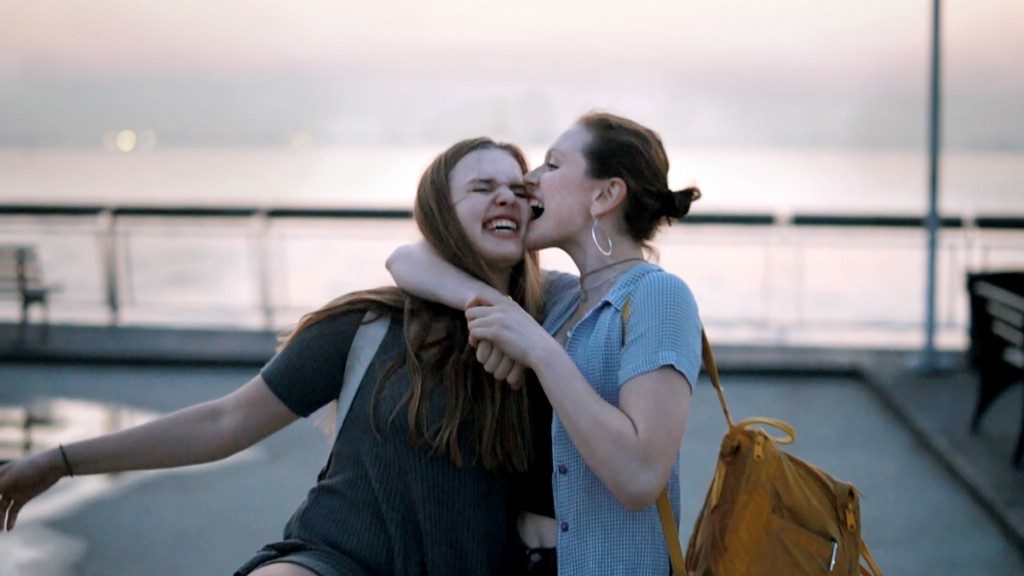Jenny Gage’s fine art work has appeared in gallery and museum shows throughout the world. Her commissioned work and portraits have been featured in publications including W, Vanity Fair and Italian Vogue. Gage and long-time collaborator Tom Betterton’s short film “Drift” screened at international festivals and museums. (Press materials)
“All This Panic” will premiere at the 2016 Tribeca Film Festival on April 14.
W&H: Describe the film for us in your own words.
JG: We followed seven young girls over a three year period as they navigated the panic of their teenage years. The result is an extremely intimate portrait of their emotional landscape as they transform from children into nearly-adults. It’s also a love letter to these young women.
W&H: What drew you to this story?
JG: I have always been interested in the time in a girl’s life between girlhood and womanhood. In my career as a photographer I have always returned to this subject, fascinated by its inherent mystery and its potential for drama.
When I met these girls I knew that I wanted them to be my subjects, but their interior lives were too rich to be captured only by photographs. I felt that what was important was to hear their voices and let them tell their own stories.
W&H: What do you want people to think about when they are leaving the theater?
JG: How amazing these particular girls are! And maybe that the next time they pass by an otherwise unremarkable teenager, they will take a second to consider that there is a whole world of beauty, pain and promise all going on inside that kid’s head. Oh, and and teenage girls rock!
W&H: What was the biggest challenge in making the film?
JG: Filming seven girls at once and producing the entire film via text.
W&H: How did you get your film funded? Share some insights into how you got the film made.
JG: The film is strictly an independent project, but we were fortunate to find a network of committed filmmakers, producers and investors who believed in the project from very early on and were willing to take the project through to the end.
After that, the biggest hurdle was getting the girls to commit and convincing them to believe that telling their stories was ultimately going to be something worthwhile.
W&H: What’s the best and worst advice you’ve received?
JG: Best advice: keep shooting — the story will reveal itself. Worst advice: you should make it into a reality show.
W&H: What advice do you have for other female directors?
JG: Make stories you want to see — if you do that you will always find an audience.
W&H: Name your favorite woman-directed film and why.
JG: Anything by Kelly Reichardt. She draws such amazing characters and her films are so incredibly beautiful in the most understated way.
I can’t tell you how many times characters and images from her films have suddenly come back to me in the strongest way long after I have watched her films. I’d love if my films could have that effect on someone.






